World rubber price
At the end of today's trading session, the price of rubber futures for July on the OSE - Japan increased by 0.8% (2.6 Yen) to 308.5 Yen/kg.
In China, the July rubber futures price on the Shanghai Futures Exchange (SHFE) increased by 0.9% (130 yuan) to 13,965 yuan/ton.
In Thailand, rubber futures for July delivery fell 0.4% (0.3 Baht) to 71.78 Baht/kg.
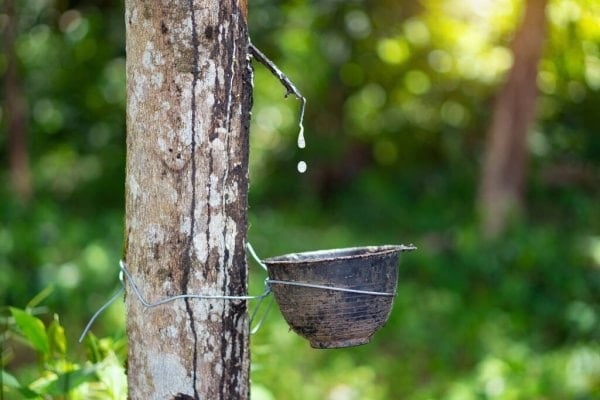
Compared to last weekend, rubber prices in Japan and Thailand changed (+2%) and (-2%) respectively, while the Chinese market remained almost unchanged.
Japanese rubber futures rose for a second straight session, tracking gains in the Nikkei and on concerns about weather in Thailand affecting supplies. The July butadiene rubber contract on the Shanghai Futures Exchange (ShFE) rose 45 yuan, or 0.41 percent, to 11,110 yuan ($1,550.98) a tonne.
Japan's Nikkei rose 0.9% to a four-month high. However, the yen strengthened 0.35% to 144.7 yen per dollar, making yen-denominated assets less attractive to foreign investors.
In Thailand - the world's leading rubber producer, the National Meteorological Agency warned of heavy rains lasting from June 24-27, threatening rubber harvesting and supply.
Crude oil prices edged up, extending gains from the previous session as investors watched a ceasefire between Israel and Iran. Natural rubber is often affected by oil prices because it competes for market share with synthetic rubber, which is made from petroleum.
In China, the world’s largest rubber consumer, carmaker BYD has slowed production and expansion due to rising inventories and a price war in the auto industry. Rubber demand is heavily dependent on auto production, especially in tire production.
Although global natural rubber production is expected to increase through 2025, demand is forecast to grow faster due to aging rubber trees and reduced planting areas in Southeast Asian countries, according to Chinese brokerage Dalu Futures.
On the SICOM exchange (Singapore), the rubber contract for July delivery last traded at 161.4 US cents/kg, up 1.2%.
Regarding rubber machinery and equipment, the “ERJ Tire & Rubber Machinery Survey 2025” recorded strong sales growth from global tire and rubber processing equipment manufacturers.
Total sales from companies participating in the survey for the second consecutive year reached $3,735 million, up 14.1% year-on-year (compared to an increase of 18.6% in 2024). The slowing growth reflects challenges from global geopolitics such as Middle East conflicts, the Red Sea crisis and the Russia–Ukraine war as well as economic uncertainty from US trade and tariff policies.
China continues to be the main growth driver in the global rubber machinery industry. The top 10 Chinese manufacturers are forecast to generate a combined revenue of $1.78 billion, up 19.8% from 2024 (based on data from the China Rubber Machinery Manufacturers Association – CRMA).
Meanwhile, European companies (including Türkiye) recorded a more modest increase of 11.9% to $1.52 billion, up from 22% last year. This may be due to the EU region being more heavily impacted by global uncertainty, high energy costs, inflation and restructuring of the tire industry.
Domestic rubber price
In the domestic market, rubber purchasing prices at large enterprises are stable. Specifically, Ba Ria Rubber Company purchases latex at 405 VND/TSC degree/kg (applied to TSC degrees from 25 to under 30); DRC coagulated latex (35 - 44%) at 13,500 VND/kg; raw latex remains unchanged at 17,200 - 18,500 VND/kg.
Mang Yang Rubber Company purchases grade 1 latex at 400 VND/TSC/kg; grade 2 latex at 395 VND/TSC/kg.
Grade 1 mixed latex is at 399 VND/DRC/kg; Grade 2 mixed latex is at 351 VND/DRC/kg
Phu Rieng Company offers to buy mixed latex at 385 VND/DRC, and buy latex at 420 VND/TSC.
Binh Long Rubber Company buys latex at 386 - 396 VND/TSC/kg; mixed latex with 60% DRC is priced at 14,000 VND/kg.
Grade 1 mixed latex is at 409 VND/DRC/kg; grade 2 mixed latex is at 359 VND/DRC/kg.
Source: https://baodaknong.vn/gia-cao-su-hom-nay-29-6-gia-tai-nhat-ban-tiep-da-tang-257242.html



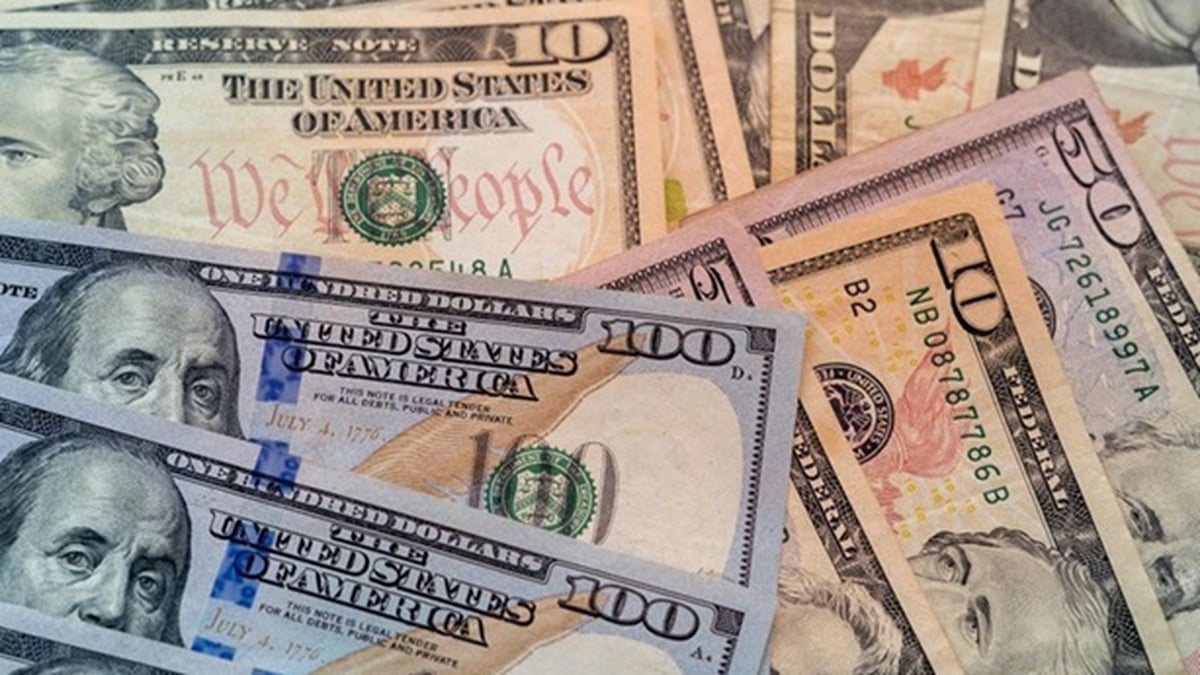

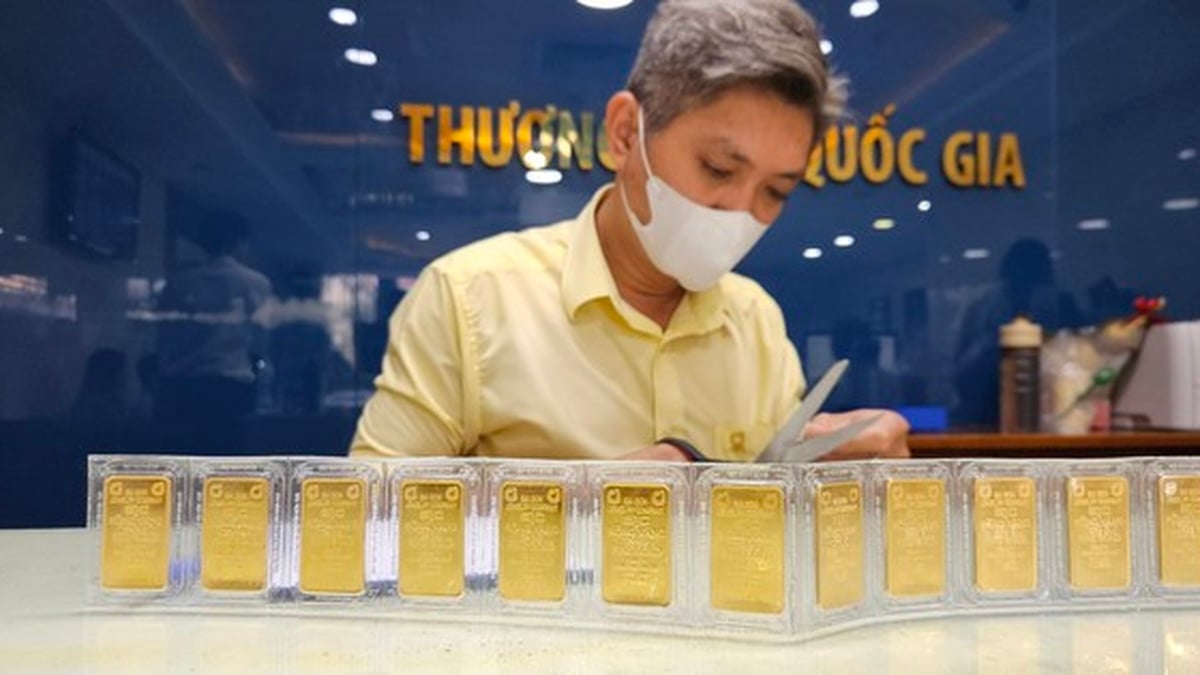
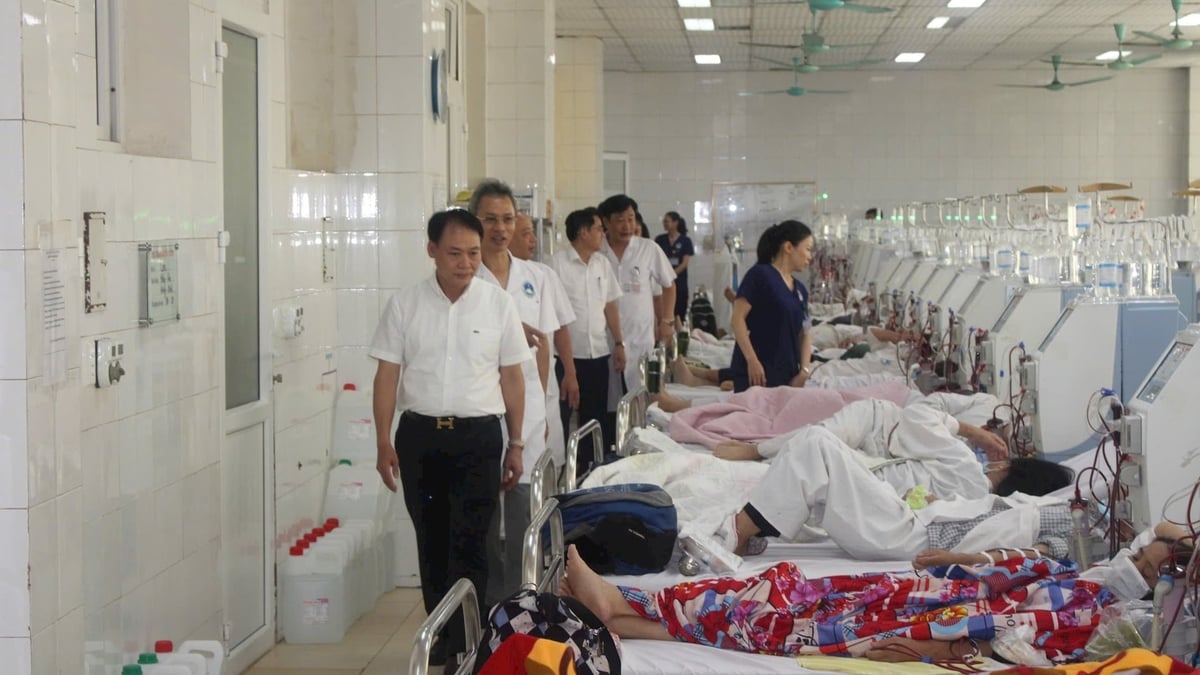



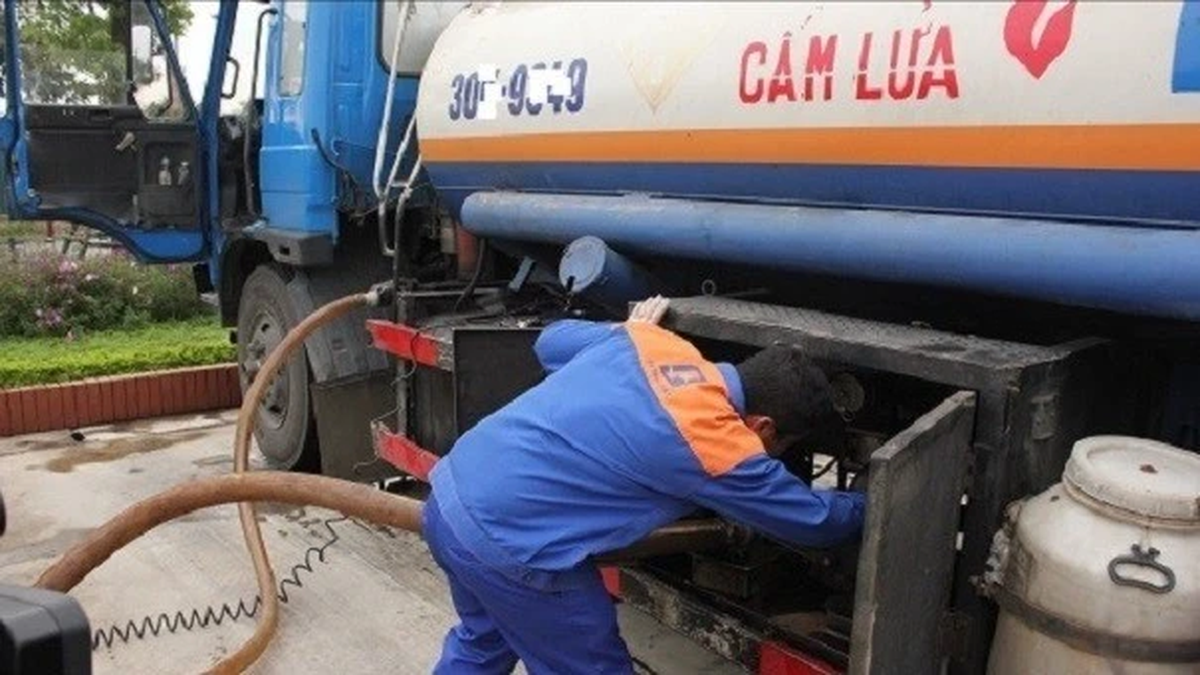
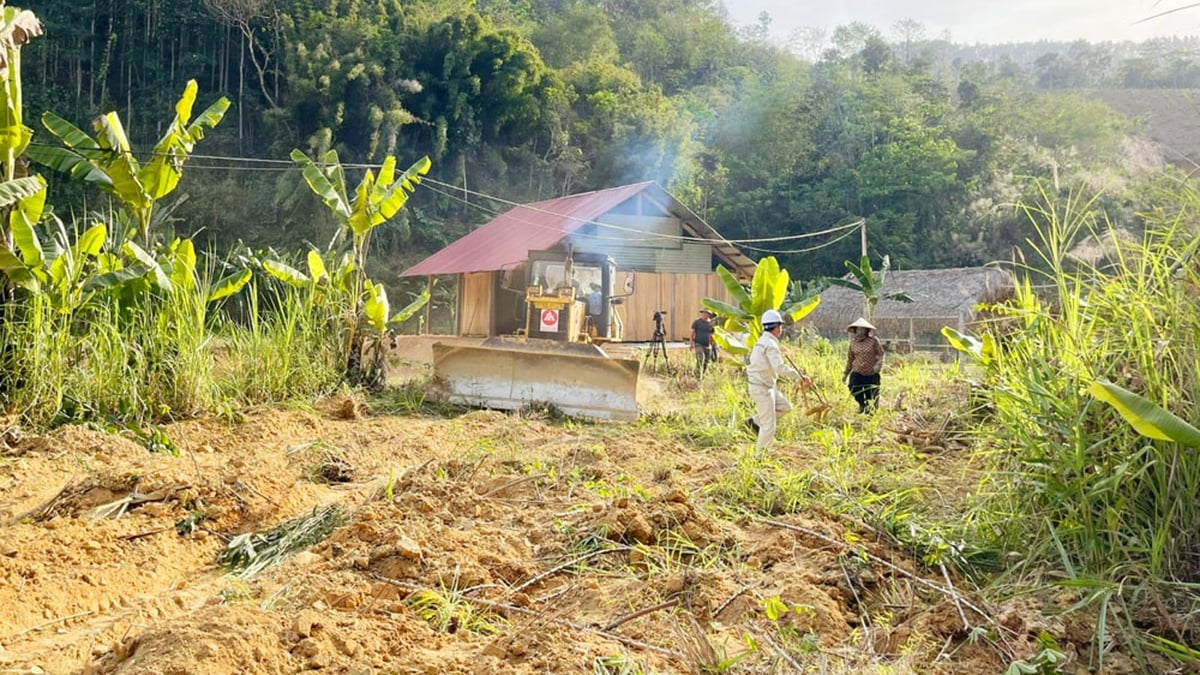





































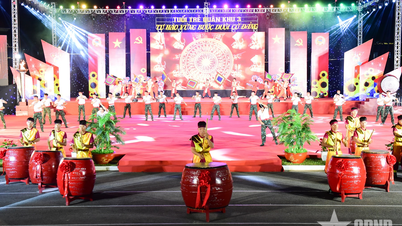





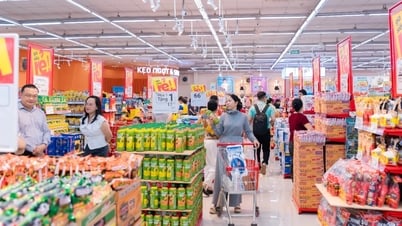



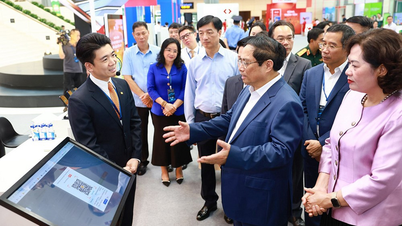
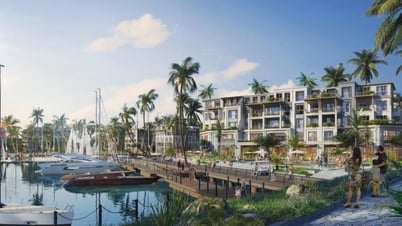













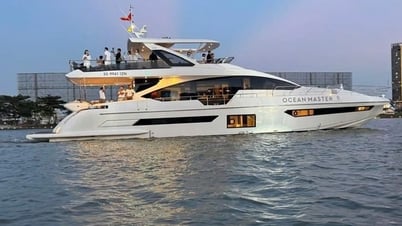










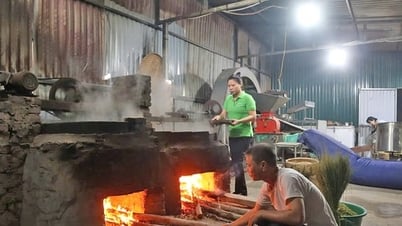












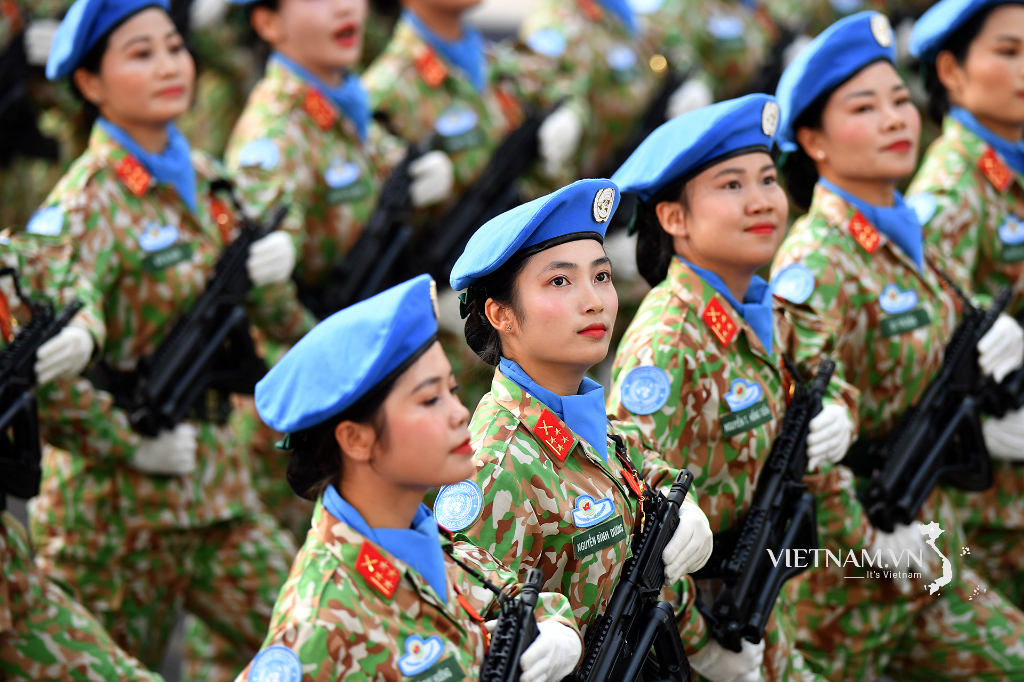


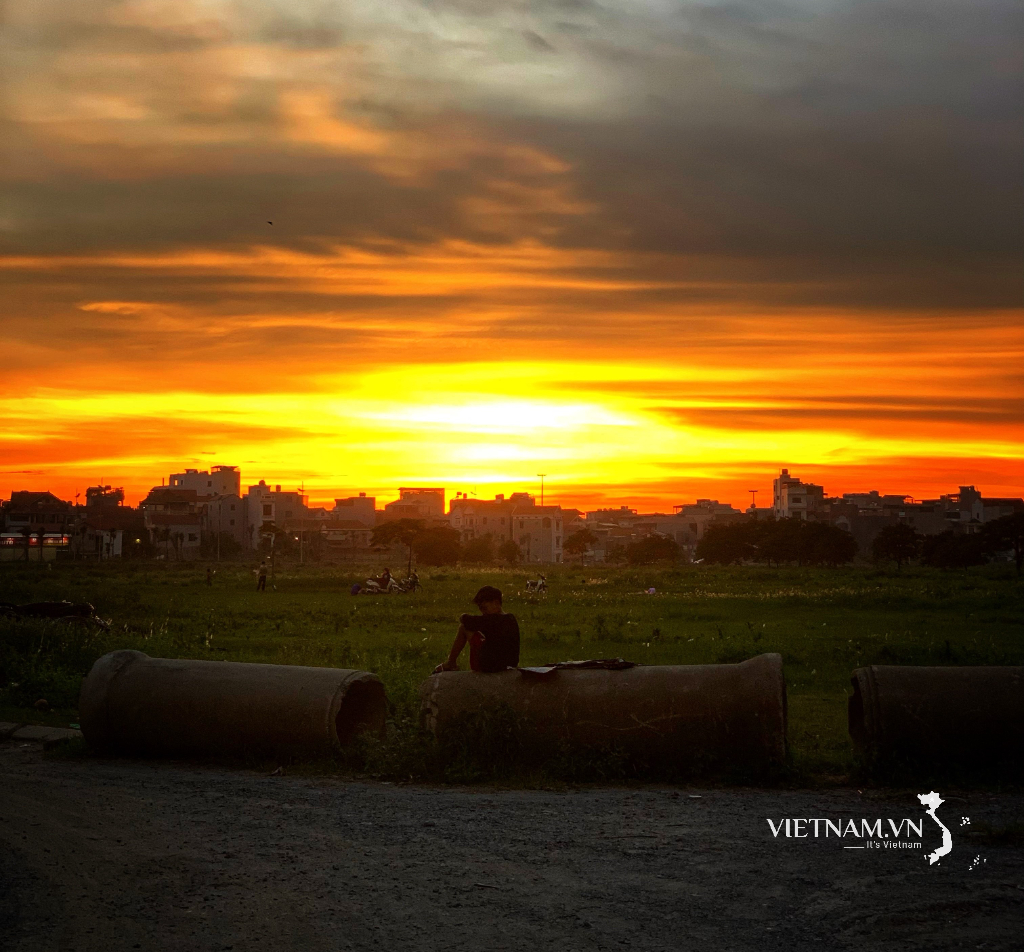
Comment (0)